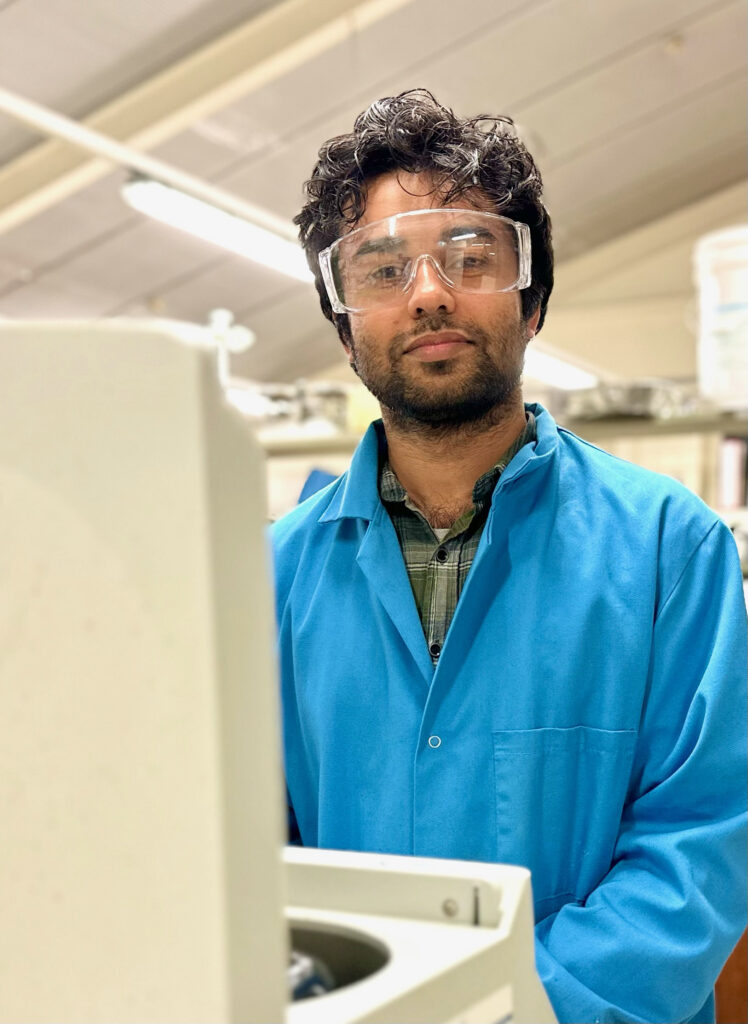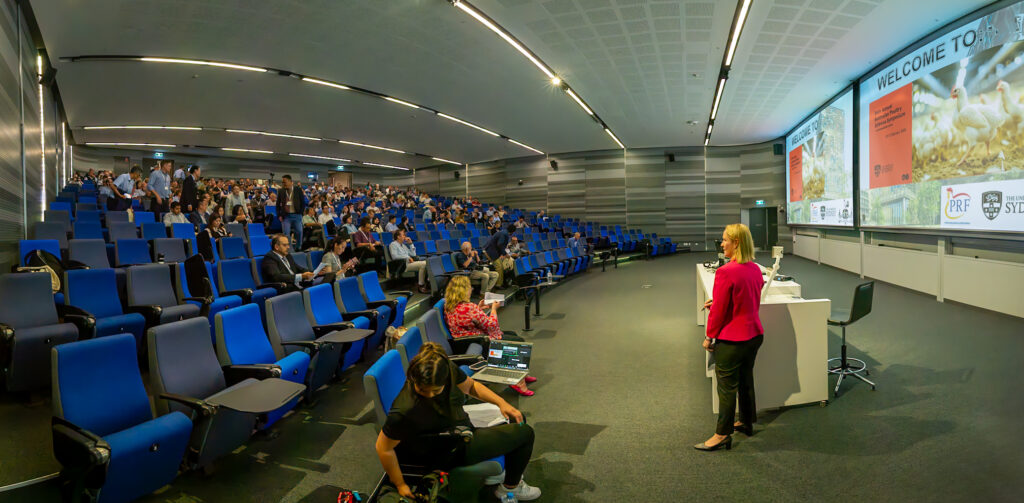Looking at Nutrient Digestibility Beyond the Traditional View

By Mingan Choct
Any gain in nutrient digestibility in animals can result in big gain in feed efficiency. Feed efficiency gain is a big win for sustainability because there will be less extra ending up in the environment and less land used to grow crops. Indeed, a reduction of feed conversion ratio (FCR) by 3 points, ie., from 1.53 down to 1.50 at market weight, would save the Australian chicken meat industry approximately 56,000 tonnes of feed per year, the monetary value of this alone is staggering even for small country like Australia.
But the advent in animal nutrition science means that a substantial increase in nutrient digestibility will be difficult using the traditional methods of nutrition research, such as using feed additives or processing technologies and measuring nutrient disappearance at a specific part of the gut. This is where digestive dynamics come in. Digestive dynamics refers to the way different nutrients interact with one another during digestion along the lumen and transition across the gut mucosa into the portal circulation.
How do feeding practices, feeding behaviour, ingredient composition of feed, nutrient constituents of diet and feed processing affect the way feed is digested and nutrients absorbed? These are the questions that Dr Shemil Macelline at PRF is exploring under the auspices of Associate Professor Sonia Liu.
Dr Macelline is a young scientist with a global experience. He completed his bachelor’s degree at Uva Wellassa University in Sri Lanka and his masters at Chungnam National University, South Korea and his PhD at The University of Sydney with Drs Liu and Selle in 2022 with the Science Faculty’s “Outstanding Academic Achievement Award” .
The central tenet of Shemil’s work is to examine why there is an infliction point for performance and carcass fat when the protein content in broiler chicken diets is reduced to certain level despite balancing essential as well as conditional essential amino acids? In order to find an answer, Shemil is exploring amino acid catabolism and anabolism in various tissues and cells, such as enterocytes, liver, and skeletal muscle, as well as exploring post-enteral amino acid antagonisms, deamination, and uric acid synthesis. Furthermore, Shemil is examining whether a correct blend of protein-bound and non-bound (free/synthetic/crystalize) amino acids would optimise broiler performance.
Dr Macelline is a high performing scientist who not only thinks innovatively but also works extremely hard. To date, he has 49 peer-reviewed full papers under his belt and presented at 13 national and international conferences.
Poultry research at The University of Sydney is in good hands.
Latest news
Our events
- APSS 2025 Wrap-Up: Yet Another Record-Breaking Year!The Australian Poultry Science Symposium (APSS) 2025 has once again shattered records, cementing its place as the premier gathering for poultry industry professionals and researchers in the Asia-Pacific Region.
Connect with us:


